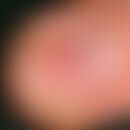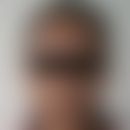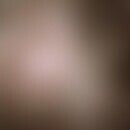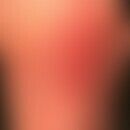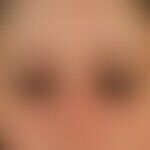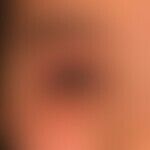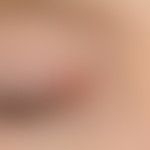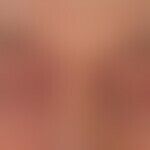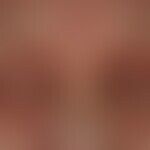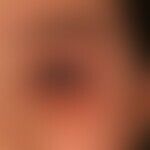Synonym(s)
DefinitionThis section has been translated automatically.
Localized minus variant of a, topically limited atopic eczema. Atopic blepharitis may also occur as involvement of the eyelids in the context of extensive atopic dermatitis.
Clinical featuresThis section has been translated automatically.
Atopic eyelid dermatitis may present as acute, subacute or (frequently) as chronic dermatitic (eczematous) inflammation of the eyelids. The "eczematous situation" is essentially characterized by the special anatomical constitution (moist-fatty chamber constitution due to superimposed eyelid folds with reservoir character for toxic or allergenic substances) and the special functionality of the eyelid organ.
In the foreground of the clinical symptoms is an unpleasant, pemanent or intermittent itching. The itching leads to a constant, reflexive rubbing of the eyelids with fingers or the back of the hand. Recurrent conjunctivitis is often the result of mechanical irritation of the eyelids.
Atopic eyelid dermatitis may heal at any time; however, it may progress to eminently chronic, lichenified dermatitis. The consequences are redness, scaling, possibly crusting, permanent thickening of the eyelids and eyelid margins with breaking off and doubling of the eyelash rows(distichiasis: see figure).
This chronic inflammatory process is often associated with a change in the direction of growth of the eyelashes. Inward rotation of the lashes and eyelids leads to constant chafing of the conjunctiva and cornea with consecutive irritation syndrome of the eye(trichiasis). Not infrequently, ulcers of the cornea with subsequent scarring and loss of visual acuity are the result.
You might also be interested in
General therapyThis section has been translated automatically.
The primary goal is to heal the inflammatory skin lesions. Contact toxins should be avoided if possible. A phase-appropriate topical therapy with glucocorticoid-containing topical preparations usually leads to a rapid improvement. If noxious substances cannot be avoided consistently, the course of the disease may be protracted and, in the case of prolonged treatment, glucocorticoid-saving therapy methods should be used to prevent atrophy induced by glucocorticoids, such as externals containing calcineurin inhibitors.
In parallel, the consistent implementation of a refatting and hydrating basic therapy is recommended to restore and maintain the barrier function.
In the case of a "skin-straining" occupational history, patients may have to be written off work in order to achieve healing.
External therapyThis section has been translated automatically.
In acute condition short-term (2 days) steroid therapy, cooling compresses with black tea. The so far best tolerated eyelid cream (without fragrances and preservatives) several times a day.
Local calcineurin inhibitor therapy, e.g. Elidel® cream 10mg/g
Operative therapieThis section has been translated automatically.
In case of developed distichiasis: Single inverted eyelashes can be epilated. In case of multiple eyelashes, eradication of the pathological row of eyelashes is mandatory.
Note(s)This section has been translated automatically.
For further clinical, pathogenetic and therapeutic details see below.:
Incoming links (4)
Atopic blepharitis; Atopic eyelid eczema; Atopic eyelid eczema; Atopic eyelid eczema;Outgoing links (5)
Atopic dermatitis (overview); Calcineurin inhibitors; Distichiasis; Eyelid dermatitis (overview); Trichiasis;Disclaimer
Please ask your physician for a reliable diagnosis. This website is only meant as a reference.
